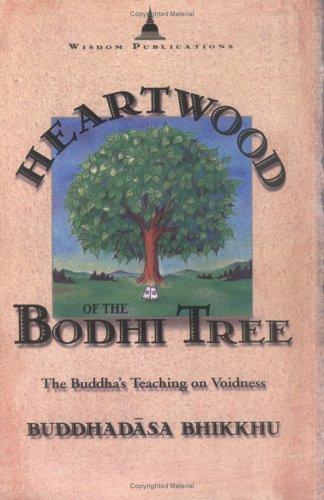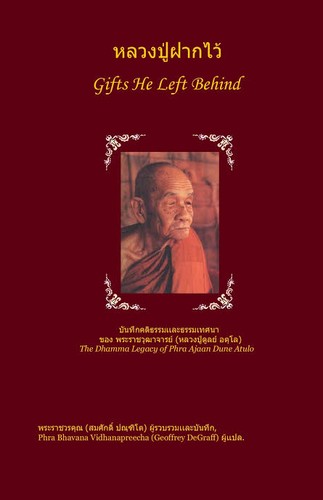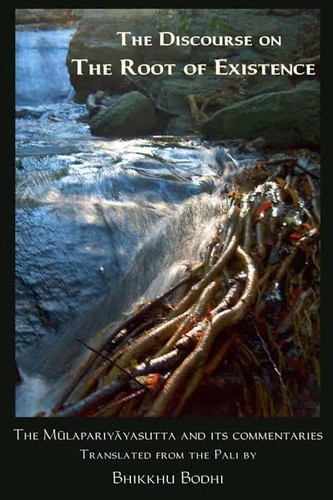Śūnyatā
Subscribe to this topic via: RSS
Supermundane Right View and what it means for things to be “empty.”

This painting by Ohara Shoson (1926) depicts a monkey reaching for a lake's reflection of the moon. Like the monkey, we foolishly grasp at beautiful forms, not realizing their illusory nature.
Table of Contents
Books (11)
Featured:
-
🥇 Best of150 pages
-
🥇 Best of
See also:
Canonical Works (42)
Featured:
-
⭐ Recommended
But that which is called ‘mind’ and ‘sentience’ and ‘consciousness’ arises as one thing and ceases as another by day and by night.
-
🥇 Best of
… indeed there is no thing there
-
Whatever does not belong to you and does not belong to others, these things should quickly be eradicated and relinquished.
-
Whoever should take to himself certain views, thinking them the best…
-
⭐ Recommended
… for one who sees the origin of the world as it really is with correct wisdom, there is no notion of nonexistence in regard to the world. And for one who sees the cessation of the world as it really is with correct wisdom, there is no notion of existence in regard to the world.
-
Reverends, all things are rooted in desire. Attention produces them.
-
But when discourses spoken by the Realized One—deep, profound, transcendent, dealing with emptiness—are being recited the mendicants do want to listen. They pay attention and apply their minds
1 page -
The scope of the six fields of contact extends as far as the scope of proliferation. When the six fields of contact fade away and cease with nothing left over, proliferation stops and is stilled.
-
Seeing rightly, they grow disillusioned. When relishing ends, greed ends.
-
There is no eye, Phagguna, by means of which one describing the Buddhas of the past could describe them…
-
He should not conceive [I am] the all, should not conceive [I am] in all, should not conceive [I come] from the all, should not conceive, ‘All is mine.’
-
… a bhikkhu develops right view, which is based upon seclusion, dispassion, and cessation, maturing in release
-
How does being a woman have anything to do
with a well-collected mind? -
… no coming or going or remaining or passing away or reappearing. It is not established, does not proceed, and has no support. Just this is the end of suffering.
See also:
Readings (33)
Featured:
-
⭐ Recommended
I am able to show that the four phrases exemplified by “form is emptiness” were once a reference to the well-known simile, “Form is like an illusion”. As the Prajnāpāramitā corpus expanded, the simile became a metaphor, “form is illusion”. It was then deliberately altered by exchanging “illusion” for “emptiness”, leading to the familiar phrases.
-
A detailed analysis of the question of whether things exist from a Western perspective.
-
If the sense of self is doxastically anchored, then it will be anchored in the sort of belief that is ascribed along an action-based rather than judgement-based avenue.
-
Once a person understands the rise and fall of all phenomena, then experiencing the worst that human life can give does not make one tremble.
-
Ṭhānissaro Bhikkhu defends his view that “not self” is a linguistic strategy not an ontology.
-
The reason the teaching of anattā can serve as a strategy of liberation is precisely because it serves to rectify a misconception about the nature of being, hence an ontological error. It accomplishes this task by promoting a correct comprehension of the nature of being…
15 pages -
Such absence can be specific, in the sense of the absence of a particular mental condition. It can also take on a general sense, in that certain meditation practices that involve mindfulness can take as their object the notion that there is nothing at all. Besides being the standard approach for cultivating one of the immaterial spheres, a pre-Buddhist form of practice, the same notion that there is nothing can also be related to insight.
-
suññatā is a term pregnant with meaning and of central significance in all Buddhist traditions.
-
Astikāya is merely a formal variation of the same word we know as sakkāya. So it seems clear it was a term the Buddha drew from the Jains, or from the ascetic teachers more generally.
4 pages -
The ultimate condition in which the two truths cannot be separated,
That is the yoga of the Great Middle Way. -
If something is interdependent, it is necessarily emptiness.
-
Aho ye! When looking at these outer appearances…
See also:
Audio/Video (13)
Featured:
See also:





